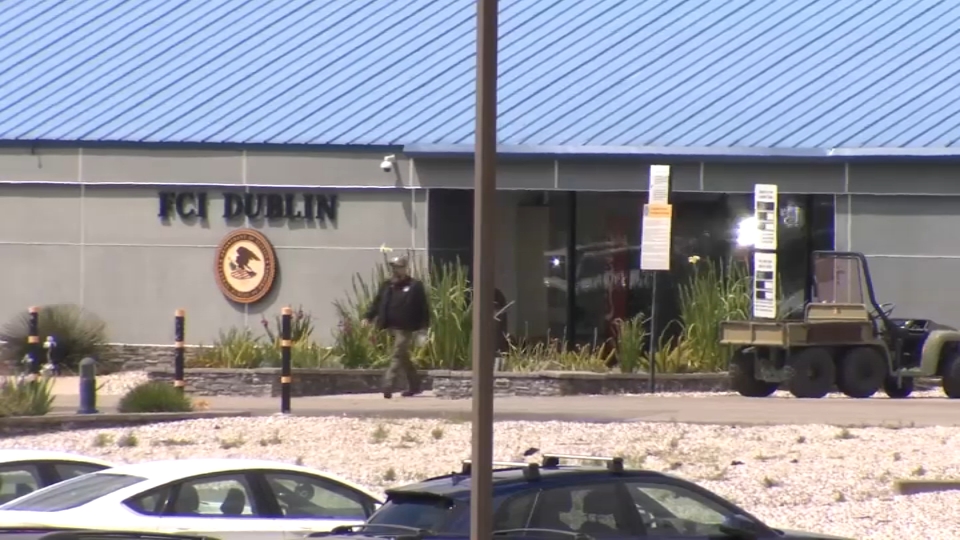As the deadly Ebola virus continues to spread in several African countries, the U.S. Centers for Disease Control and Prevention is asking American doctors to be on the lookout for symptoms of the disease in patients who have recently been overseas.
In the Bay Area, scientists at the Lawrence Livermore National Laboratory are working on perfecting a method that could be the key to diagnosing the virus quickly in the future.
Some of the symptoms of Ebola virus are fever, headaches and vomiting. Those can also be symptoms of the flu or a variety of other diseases. At the lab, Livermore scientists are working on a procedure that can test for that and thousands of diseases all at once. That’s critical, because the best chance at beating Ebola is by beginning treatment as soon as you’ve been exposed.
According to the World Health Organization, so far, the recent outbreak has killed at least 660 people in Guinea, Liberia and Sierra Leone. The disease has a variety of strains, and scientists say the current tests aren’t capable of recognizing mutations.
Scientists at the Livermore lab have created a new test that can recognize the Ebola virus and its mutations, along with 4,000 other viruses and 5,000 types of bacteria.
“This is going to be faster and cheaper in most situations,” Livermore Lab biomedical scientist Nicholas Be said.
Local
It’s called the microarray. The test begins with a little piece of glass. On it are thousands of DNA markers, including a speck with a DNA signature for the Ebola virus.
Twenty-four hours after a human blood sample is matched with the tiny DNA markers, the results are in.
Each dot corresponds with a disease, so when it lights up doctors can tell what a patient is suffering from, even if they had no idea what the symptoms are or what the person was exposed to.
“This could tell you very comprehensively what you’re looking at, even if you have no idea beforehand what is potentially there,” Be said.
Right now the microarray is only being used for research, but if the Food and Drug Administration approves it, it could become a common test in hospitals all over the world.
The CDC says, while they have been alerting doctors in the U.S. to be on the lookout for Ebola symptoms, it’s unlikely that the virus will spread to this continent.



